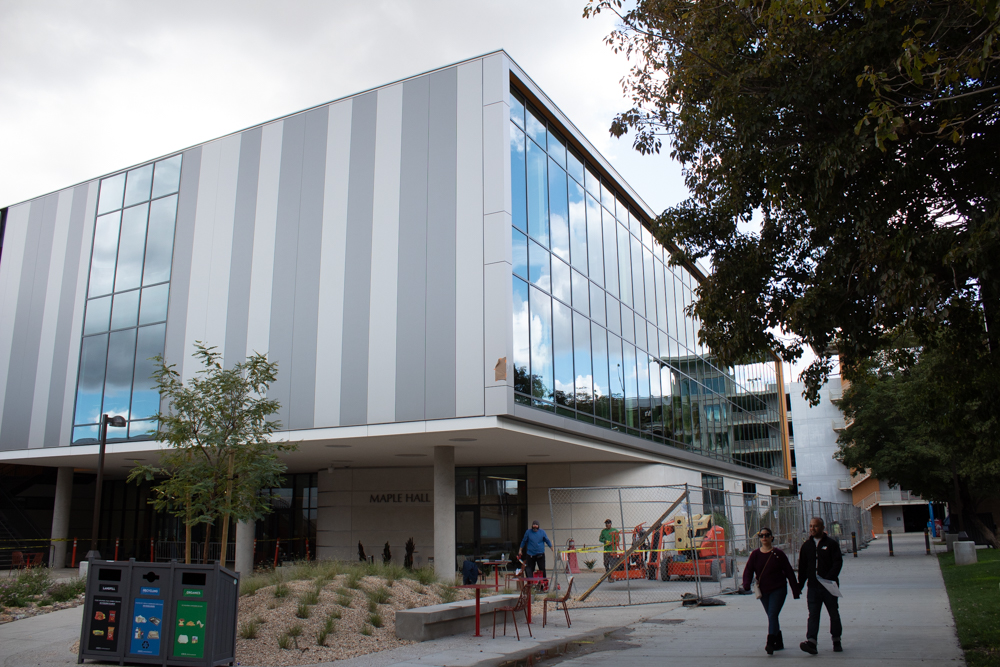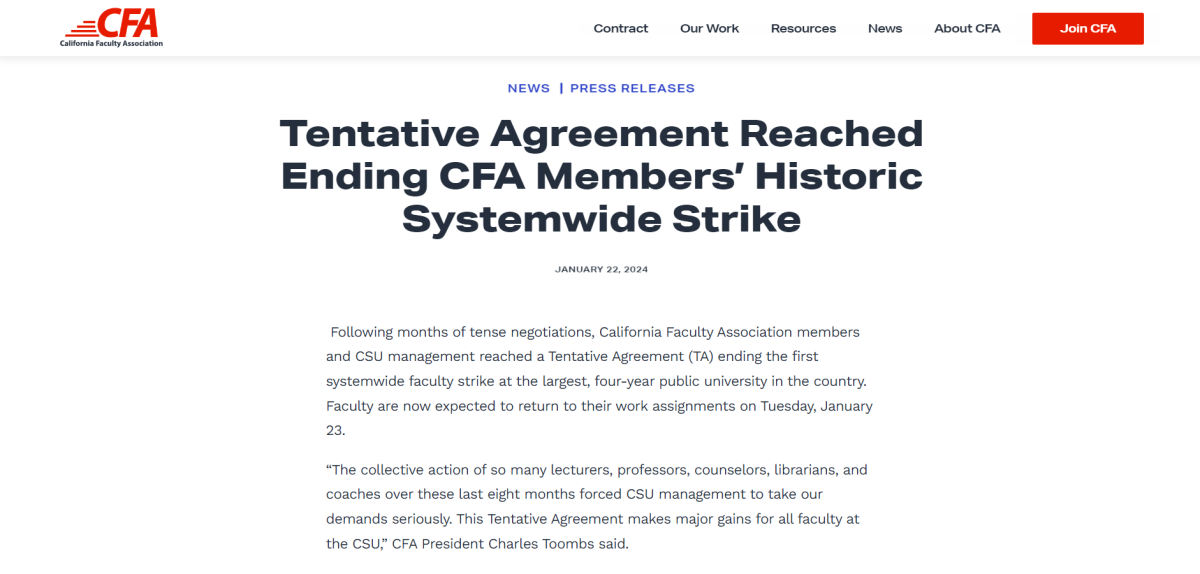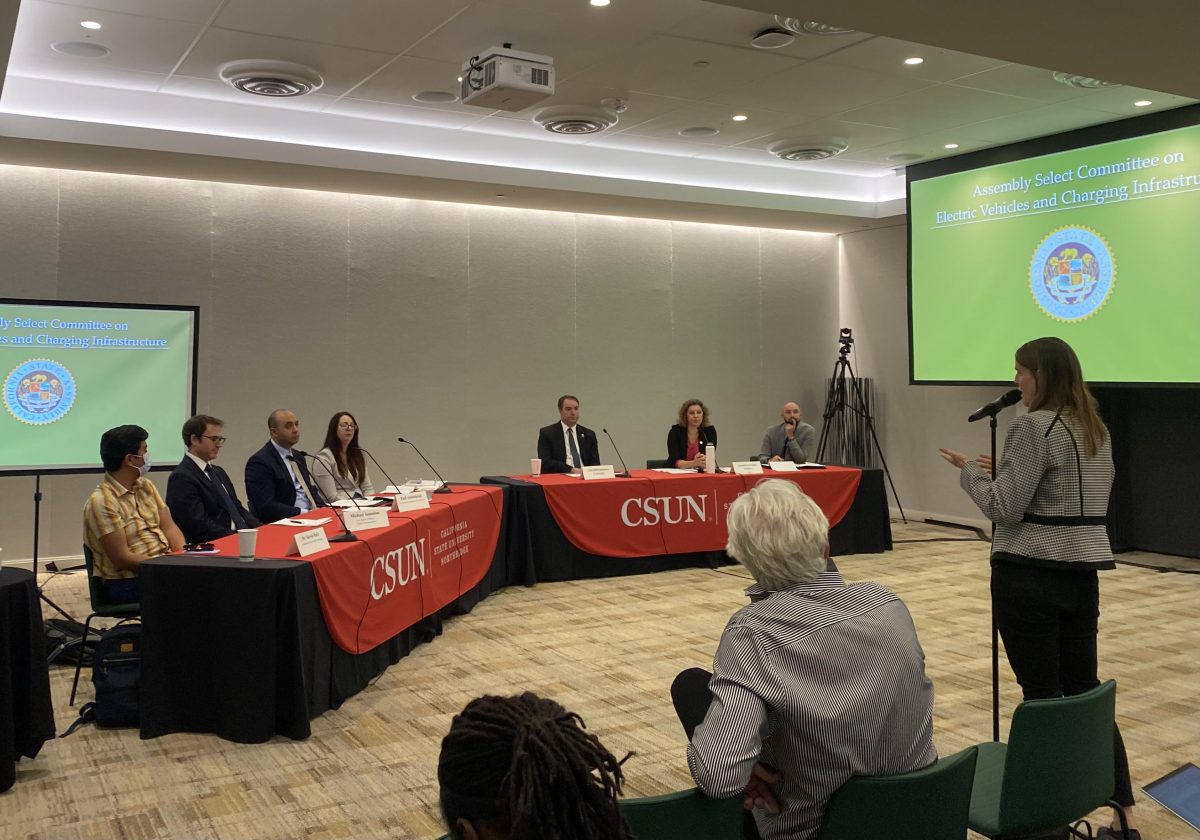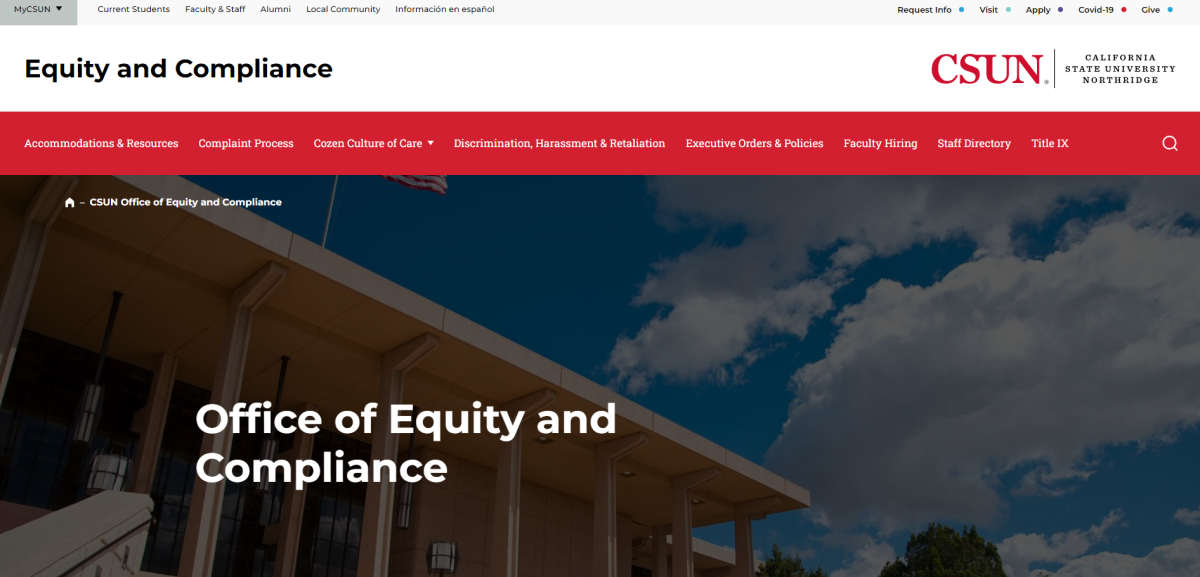In the last academic year the number of students applying for financial aid in California has increased. This includes freshmen, graduate students and students who haven’t applied before but now need aid. There has been a rising amount of students at CSUN.
“In the last five years we have seen the trend which is when the economy started taking a dive,” said Armenka Khashmanyan, assistant director of financial aid at CSUN.
However, Khashmanyan said that the Cal State system has one of the lowest tuition costs compared to other states.
The economy has also changed the financial situation for many.
“Families that in the past may have taken it upon themselves to pay are now needing aid,” Khashmanyan said.
Financial aid applications in California have risen 74 percent over the past six years and for freshmen, financial aid it has risen 72 percent since 2011-12, according to the US Department of Education.
“CSUN has had a growing amount of freshmen over the last years and for next new school year and the number of freshman is expected to go up,” Khashmanyan said.
However, the rise of students applying is not limited to a particular student group.
“We have high school seniors all the way to doctoral, everyone,” Khashmanyan said.
Khashmanyan said a total of 60 percent of CSUN students receive some sort of financial aid. Grants, loans, and scholarships are all important for students to complete a higher education.
In the CSUN 2010-2011 Financial Aid and Scholarships Annual Report, there was a total of $140,366,341 of grants, $120,331,065 of loans, and $7,145,128 of scholarships.
The 2010-11 school year is a contrast to the 2012-13 school year in which numbers have risen. There was a total of $169,644,384 of grants, $134,312,997 of loans and $7,651,261 of scholarships.
Between the last school year and the 2012-13 school year there was a nine to 10 percent increase in financial aid applicants.
There is no correlation between more students applying for aid and student debt, said Khashmanyan. Instead, it is students finding it difficult to get a job with a high school diploma.
“There are just more students need aid, more people applying to college, and more students taking advantage,” Khashmanyan said. “It is competitive to get a job. Students are now also continuing school to get a masters or doctoral.”
Kent Hymel, assistant economics professor, credits the high unemployment rate along with California being considered one of the most expensive states for the rise in financial aid.
The current economy has a lot of students right now working and going to school, Hymel said.
Student debt for those who have to pay back their education can also become worse with the increased unemployment.
“When students see that people are not hiring, student debt can be devastating,” Hymel said.
The financial aid office encourages students to seek loans as the last source of money to pay school. Instead, students are asked to think about other resources such as scholarships, savings accounts, part-time jobs, or possible help from parents.
If students do decide to go pursue loans they should be aware of all types of loans available.
Khashmanyan explained the difference between federal subsidized and unsubsidized loans.
For subsidized loans, the government pays interest. Unsubsidized loans require students to be responsible for the interest.
Melissa Aldawood, senior communications studies major, explains the rise of financial aid applicants to the economy.
“The economic recession, people are losing jobs and it’s really hard for people to get the money they need,” Aldawood said. “My roommate, her family is middle class and now lower middle class so she has started to get financial aid.”
Aldawood has always applied for financial aid and for last school year she had to take out a subsidized loan.
“I wouldn’t even go to college if I didn’t have FAFSA,” Aldawood said.
Michael Aragon, senior psychology major, sees financial aid as a “community cycle.” He relies on financial aid to cover costs of classes.
“The whole society around me contributes to financial aid through taxes so I can get an education,” Aragon said. “And then when I become employed I can contribute to the society with the services I’m able to provide, services that I wouldn’t be able to give if I didn’t get the education with everyone’s money in the first place.”
To encourage more students to apply for financial aid, the FAFSA form has been changed and modified over the last few years.
Khashmanyan said the application is not difficult compared to previous years. “I can’t scream that enough. I have seen enhancements over the years.”
There has been modifications to the FAFSA form. It will be easier for students to pass information from their old FAFSA applications to their news ones, according to the Chronicle for Higher Education.
For example, the application allows for income tax information to be transferred to the new application and students can easily retrieve the majority of information from previous applications.
Kayla Wu, senior health administration major, said her college career would have been different or nonexistent if they did not have FAFSA. She has been receiving financial aid each year she has attended college.
“Once you start, it will be easy (to) just renew,” Wu said.
The financial aid department offers various workshops to help students fill out their FAFSA applications. These workshops are offered especially for high school seniors where representatives will go through each question of the application.
To cope with the increase of financial aid applicants, the financial aid department encourages students to stay on top of deadlines. For example the deadline is to turn in their all the required paperwork for their FAFSA application is June 2nd.
The deadlines help us ensure students get aid, help us prioritize, and also reduces calls to our offices, Khashmanyan said.
Other workshops that the financial aid department offers are about money management, loans and repayment options.
“We want students to be as financially literate as possible,” Khashmanyan said.
Some of the upcoming workshops for April include banking 101, psychology of money, faces of credit, and investing.
The financial aid department will also be offering a workshop online in the form of a webinar.
“It is something we have been thinking and talking about,” Khashmanyan said. “The goal is to reach a wide amount of audience as possible,”
Khashmanyan encourages everyone to apply for financial aid whether the student can or cannot pay for school.
“We want all students to apply. Allow the experts to determine the eligibility,” Khashmanyan said.











